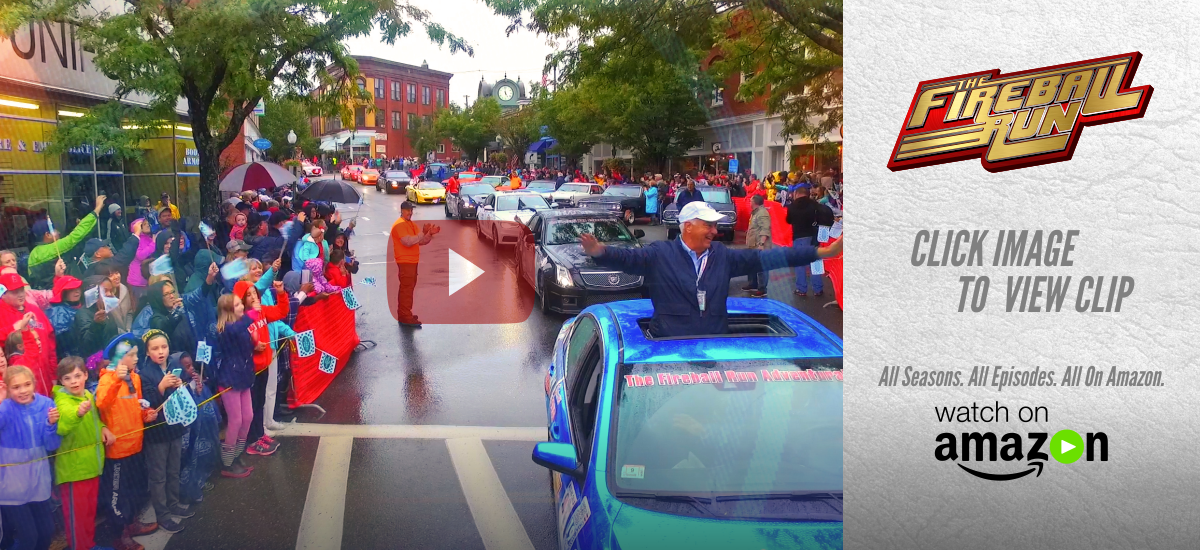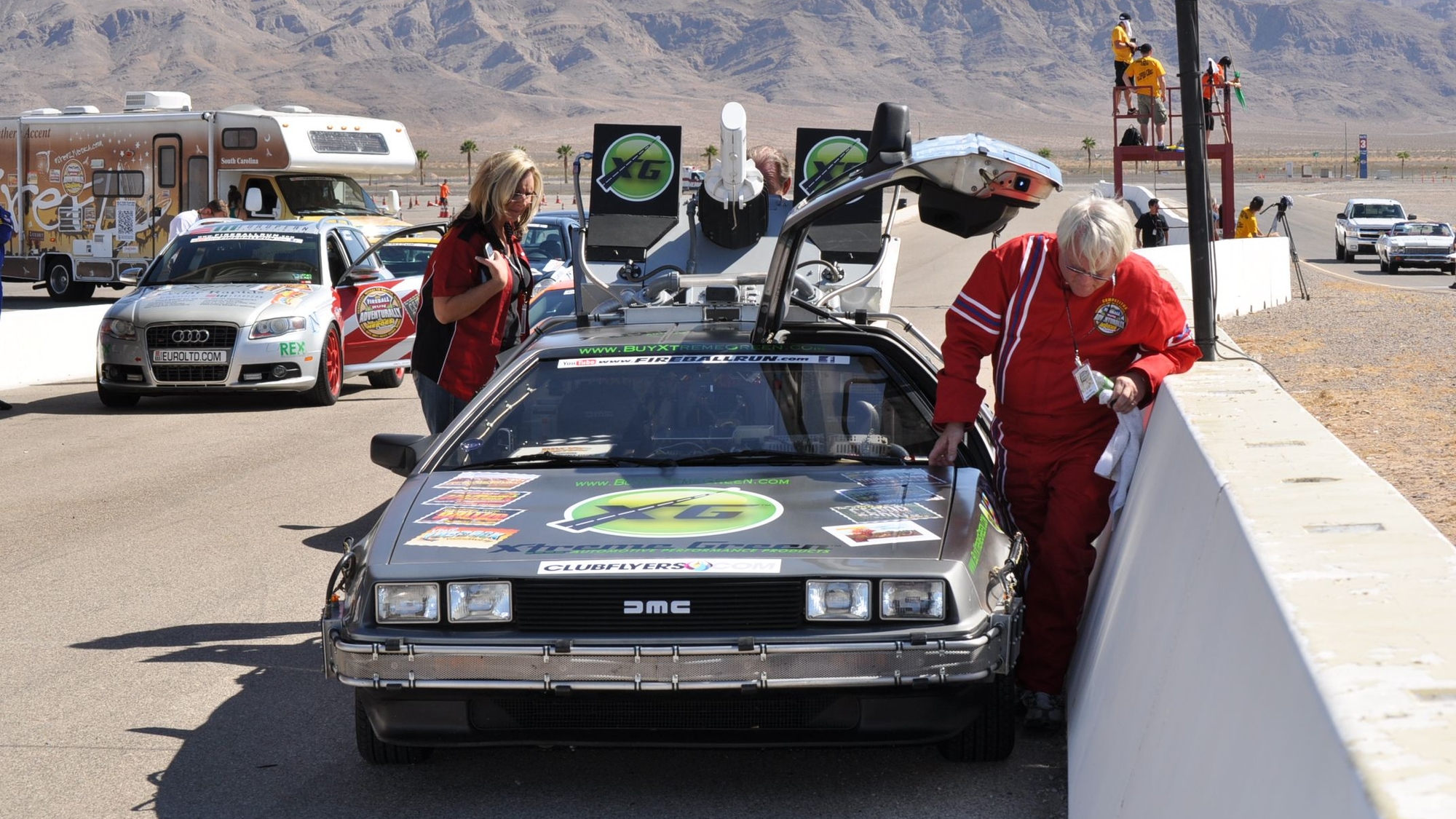

“We create lots of copies of our meteoroid trajectory, representing the range of uncertainties we have in its measurement, and run them backwards through multiple solar systems spanning the range of uncertainties we have in planetary movement.”

“Because we can’t compute an exact trajectory back to a definite point in space and time, we use supercomputing to calculate lots of realistic possibilities,” explains Patrick. This only covers the recent geological history of our solar system, as most meteorites that make it to Earth have travelled from their ejection point for millions to tens of millions of years. It limits our view back through the solar system to about 60 million years – earlier than that, we can’t tell where the planets were with enough certainty. With even the best measurements of our planets and their orbits, there are small uncertainties in their exact trajectory and speed. Research with supercomputers – tracking meteoroids back through spaceĮxtrapolating the track of a fireball backwards through space to work out where it came from is complicated by the fact that everything in our solar system is constantly moving. “By tracking enough fireballs back to their origins, and finding enough meteorites on the ground to study, you can make connections between the asteroids and the meteorites they generate, and start to work out the composition of our inner solar system.” “There are only two ways to figure out what asteroids are made of – you can look at them through a telescope and infer a few things about them, and you can study meteorites on the ground like a geologist can study any rock to determine its composition and history,” Patrick explains. His current research is fundamental to the work of the Desert Fireball Network, doing the orbital modelling to work out where fireballs may have come from in our solar system. His first research project involved studying meteorites, looking at the alterations occurring at the rock surface to understand the forces that have acted on them and decipher their history. A particular focus is using fireball trajectories to extrapolate back to where in the solar system the meteoroids came from.Īn excellent science teacher in school put Patrick on the path to study physics and engineering, and then an engaging lecturer introduced him to geology.

He now helps the rest of the team process the massive amounts of data coming out of the expanded camera network, turning data points into meaningful scientific observations. It led him to a PhD in planetary science with the Desert Fireball Network, developing data reduction tools to make sense of the more than 50 terabytes of data the early network collected every week. Through an internship at the Paris Observatory, he started developing computing tools to process spacecraft data to discover new asteroids. Hadrien wanted to use his skills in data science and computing for something more ‘fun’ than the corporate world. This is the team doing it.ĭr Hadrien Devillepoix, planetary scientist, Science Lead When more than one camera detects a fireball, the combination of observations from different locations can be used to work out where the meteoroid came from, where it was headed, and where the resulting meteorite might eventually be found.Īll of that information, and the meteorites themselves, let us piece together the composition and working of the inner solar system, without ever having to leave Earth. I wrote that by memory, you might have to review the syntax.The Desert Fireball Network uses a collection of fixed cameras across Western Australia and South Australia that continuously take pictures of the night sky, in search of fireballs. execute as unless entity run tag add Hold_fireball execute at at run summon fireball ~ ~ ~ scoreboard objectives add ThrewBall ed:minecraft.snowball You can add any nbt as long as you keep the ItemType tag. Give a working fireball with this command : The only thing is to give a tag to players holding "Fireball" snowballs then removing it when they no longer hold it. The thrown snowball won't have the item's tags. When you use a snowball, it clears a held snowball item then summon a snowball. Unfortunately, the "Fireball" name is a part of the item's data. You want to use snowball-item named "Fireball", right?


 0 kommentar(er)
0 kommentar(er)
